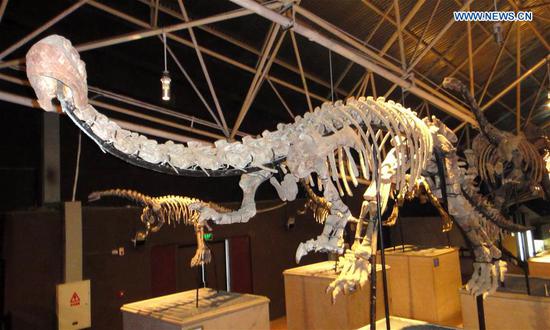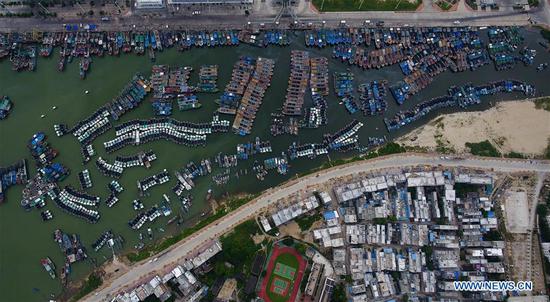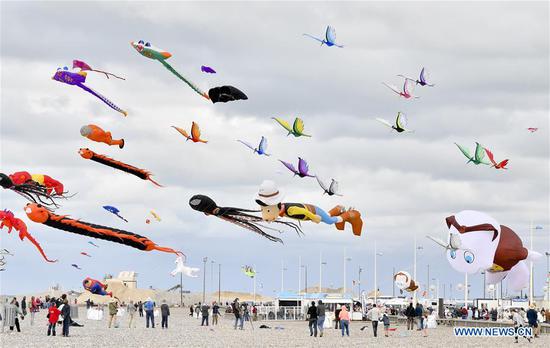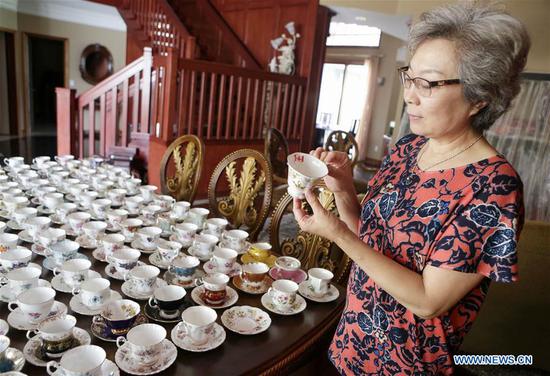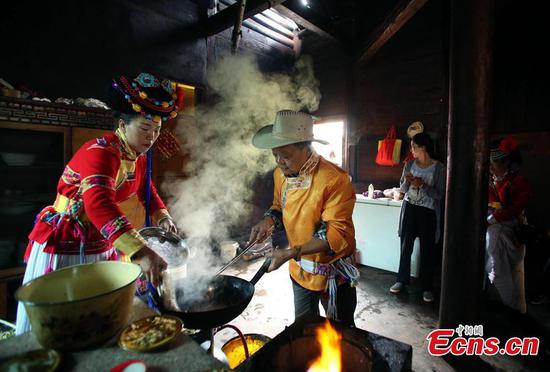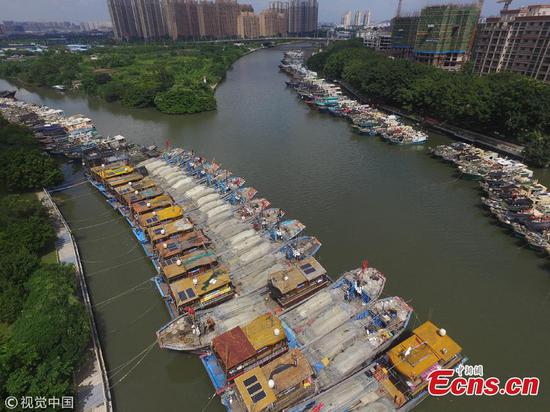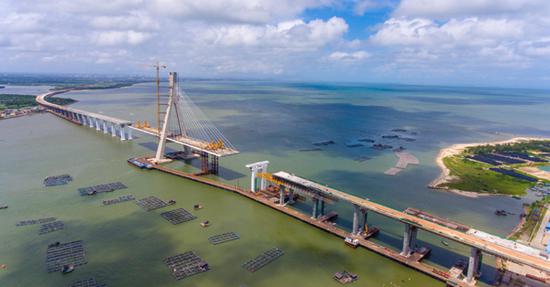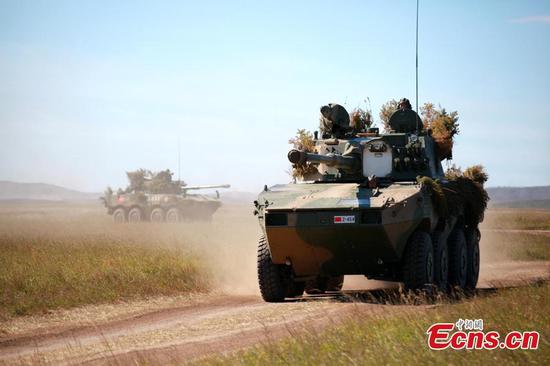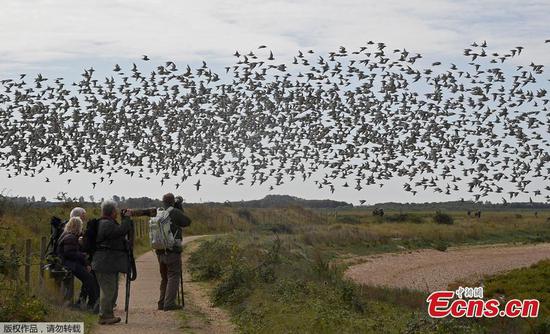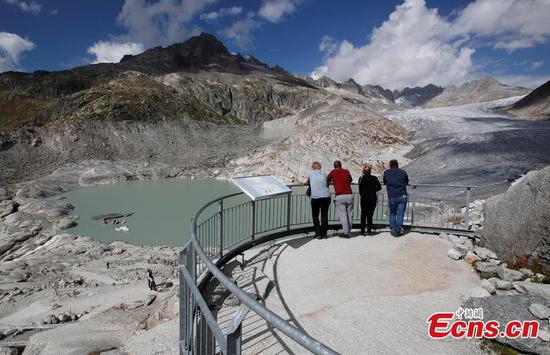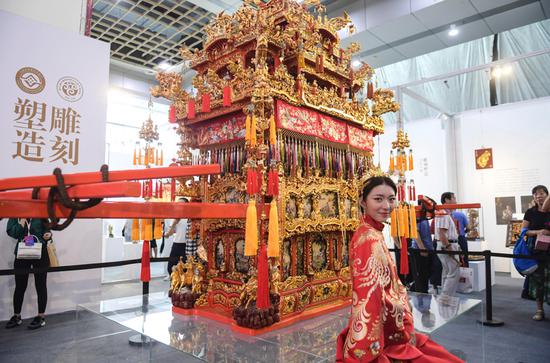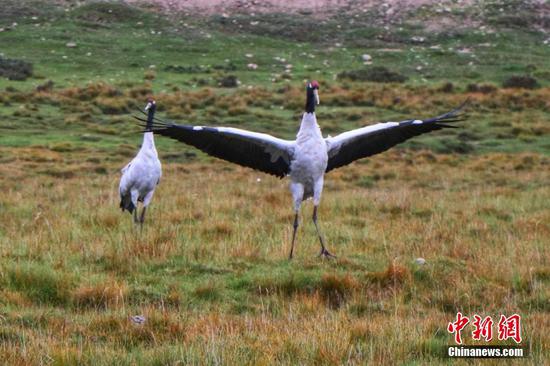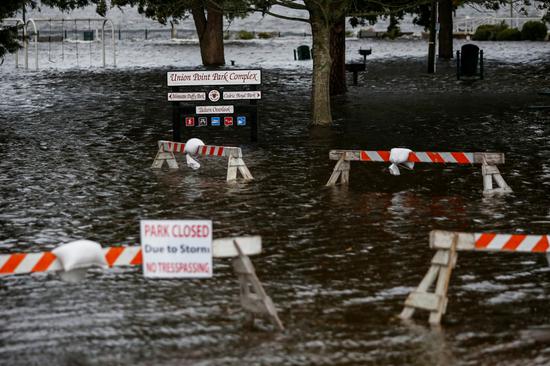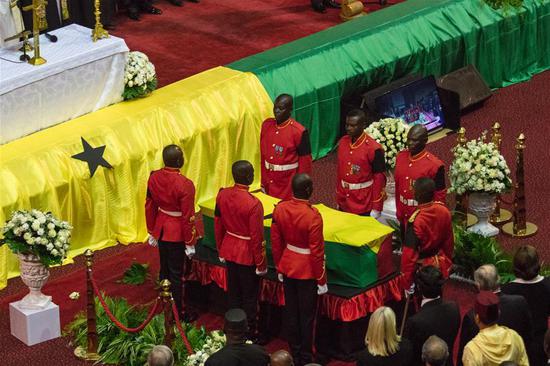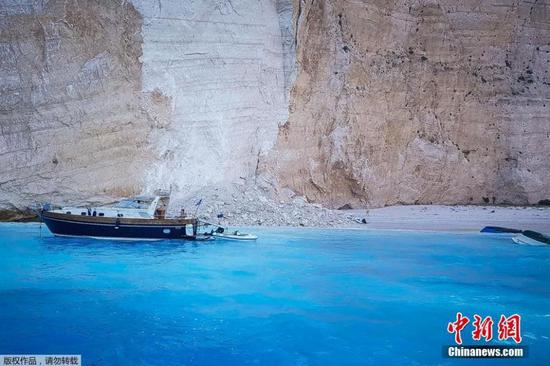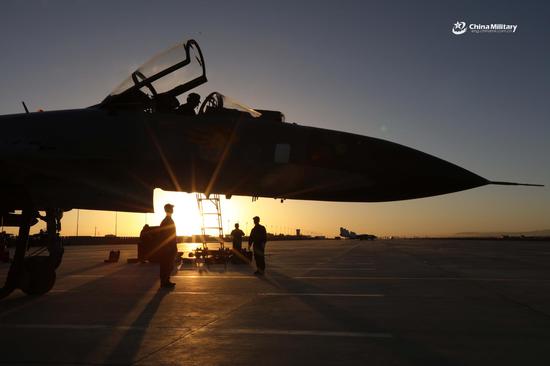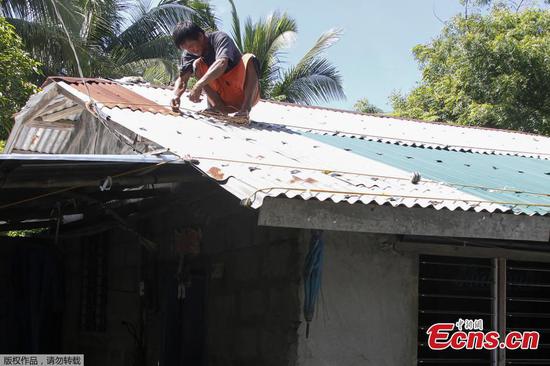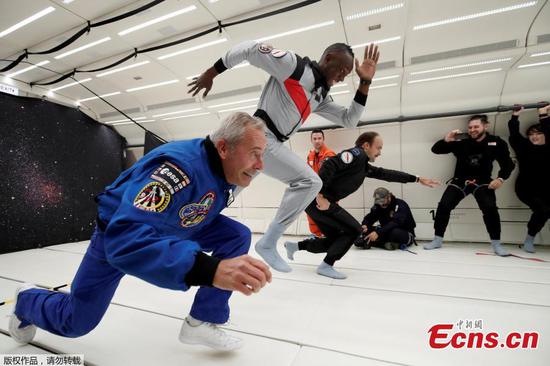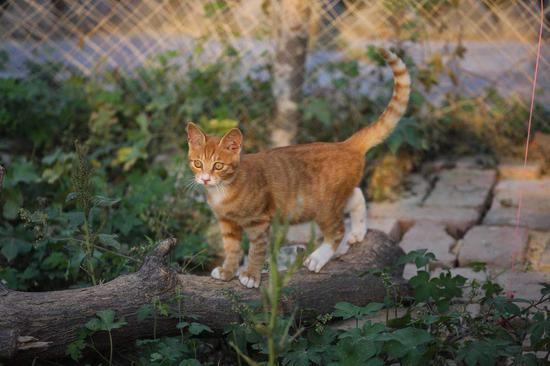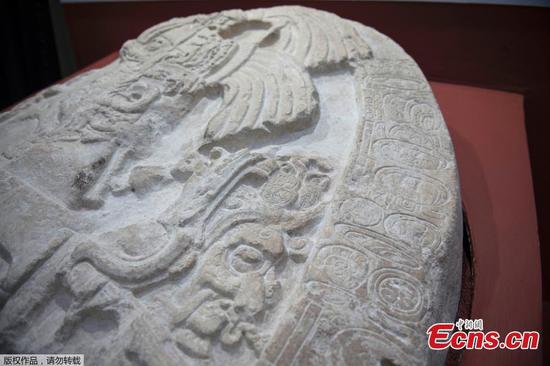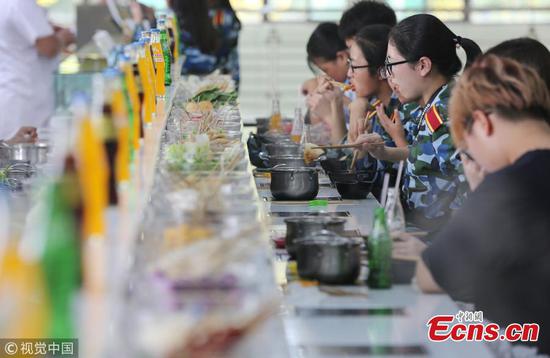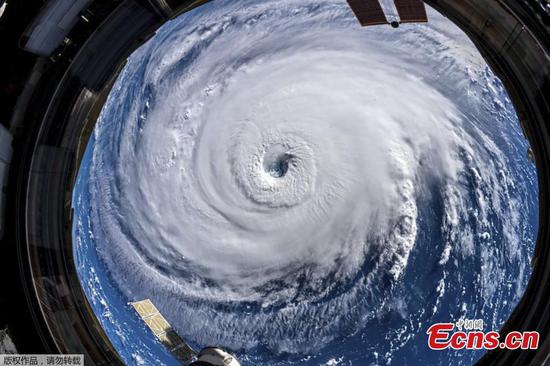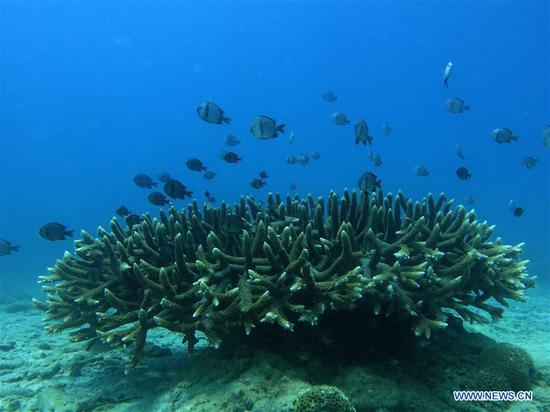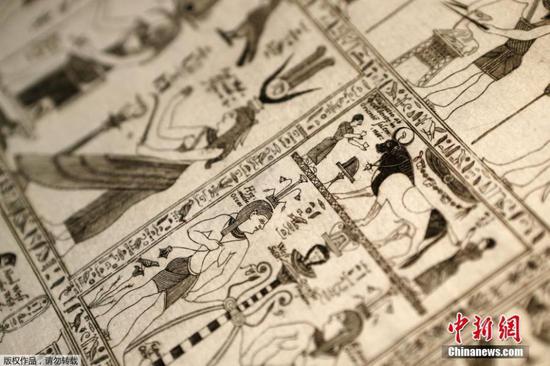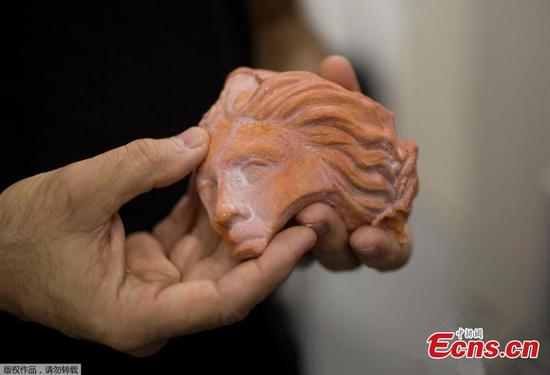SELLING MANGOES AFAR
In Pakistan's southwestern port city of Gwadar, 15-year-old boy Akbar was both excited and relieved to learn about a new seawater desalination plant inaugurated in July this year. Gwadar had been plagued with acute water scarcity. Akbar used to stand on the roadside in the scorching sun for hours to wait for a water tanker to stop by.
In May this year, the China Overseas Ports Holding Company, the operator of Gwadar port under the China-Pakistan Economic Corridor (CPEC), agreed with the local government to provide the latter with 300,000 gallons of drinkable desalinated water daily. The government has been distributing the water freely through its pipelines to about 4,000 local households.
"The water is free and their water is very good," Akbar said.
Along the CPEC, a series of infrastructure projects have been completed.
Qasir Abbas, a 40-year-old Pakistani farmer who owns a 400-acre mango farm in Multan in the central Punjab Province, witnessed changes brought about by the construction of the Multan-Sukkur Motorway, locally known as M5.
Abbas sells mangoes from his hometown, known for conditions favorable to food and crops such as mango, cotton and sugarcane, to the southern major port city of Karachi, some 900 km away. However, the two cities were connected with a poorly maintained highway, with the whole journey taking about 21 hours.
The 392-km six-lane M5 is the largest transportation infrastructure project under the CPEC, a corridor linking Karachi and northwestern Peshawar and running through the populated provinces of Punjab and Sindh.
The first 33-km section of the M5 was inaugurated in May this year, with a speed limit of 120 km per hour. The whole project is scheduled to be completed by August 2019.
"By then, it will take only 14 hours to transport my mangoes to Karachi," Abbas said.
BODY LANGUAGE SPEAKS
In May 2017, the first Belt and Road Forum for International Cooperation was held in Beijing. More than 1,600 people from over 140 countries and 80 international organizations participated in the event.
"I shared my story of representing the Port City Project to ask the Sri Lankan government for a backup water supply inlet," said Sanjeewa Alwis, a mechanical manager from Sri Lanka's Colombo Port City, referring to the mega cooperation project, which was built on over 269 hectares of reclaimed land adjacent to the present commercial district.
Sanjeewa's work did not get off to an easy start when he had to try and convince his fellows that the project is for Sri Lankan good.
"I explained to them that the construction of the Colombo Port City is for Sri Lanka and Sri Lankan people's own good," Sanjeewa said.
The Colombo Port City, a joint project between the Sri Lankan government and China's CHEC Port City Colombo (Pvt) Ltd, is expected to be a future commercial, financial, residential and international entertainment hub.
"People gradually realized that the future of Colombo resides in the Port City, therefore they support it very much. The project is steadily progressing now," Sanjeewa said.
"We need to understand each other first, and bond our hearts together. Luckily, Sri Lanka and China have achieved that in the project of the Port City," he said.
As of July 2018, more than 100 countries and international organizations had signed cooperation documents under the Belt and Road Initiative.
In Alliance Steel at the Malaysia-China Kuantan Industrial Park, Khairy Akmal bin Ismail, 29, a coordinator at the coking plant, was seen chatting, joking and patting shoulders with his Chinese colleagues.
"Here we use body language a lot, and we also try to learn some mandarin," even though getting along with their Chinese colleagues was never a problem for even those who do not speak Chinese, said Ahmad Hawali bin Daud, an assistant fire control leader at the plant.
With an investment of 1.4 billion U.S. dollars and an annual output of 3.5 million tons of steel products, the Alliance Steel was the first project materialized in the Industrial Park, a government-to-government cooperative project between Malaysia and China.
The plant now hires some 2,500 Malaysian people. Over 80 percent of its 4,000 staff members will be locally recruited when it becomes fully operational.
"Now I am helping friends to submit resumes so that they could get jobs here," said Mohammad Nor Riduan bin Rawir.









